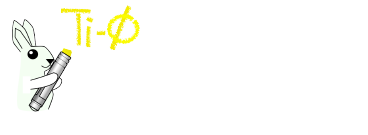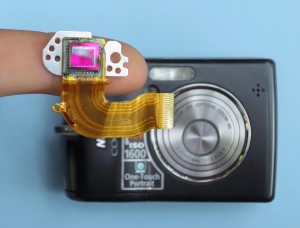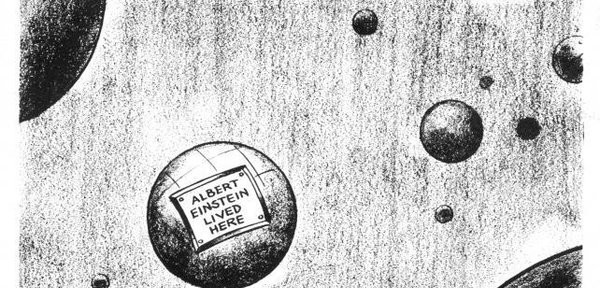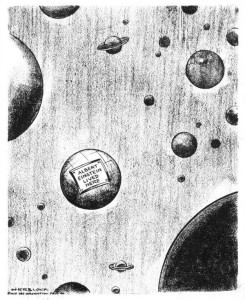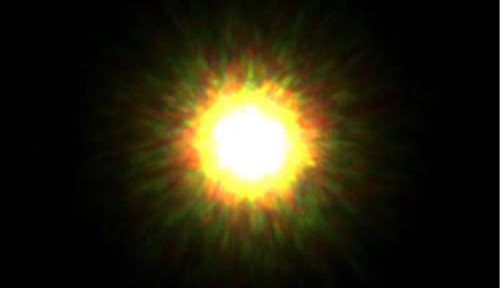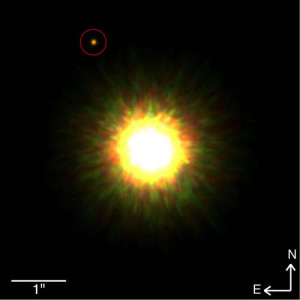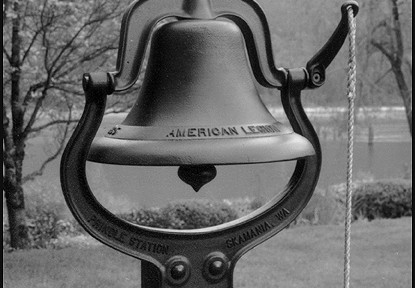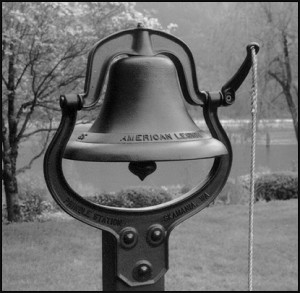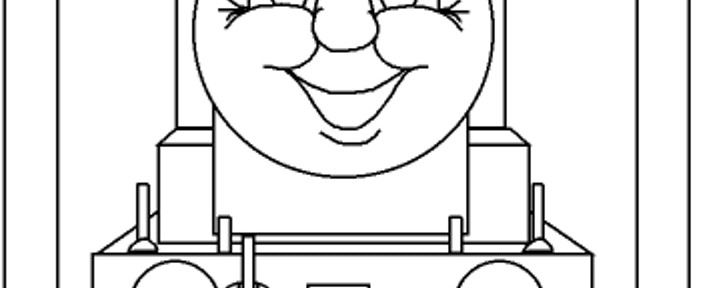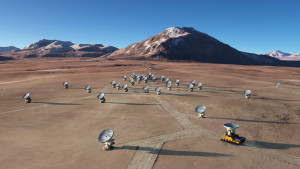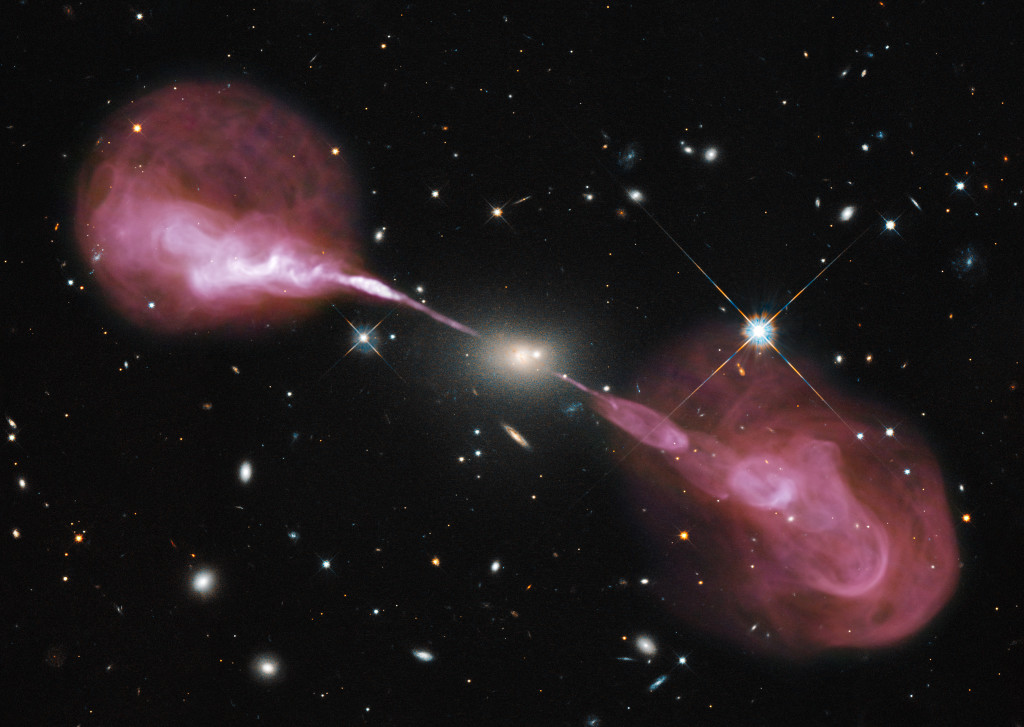I Just want to take a moment to celebrate this enormous achievement.
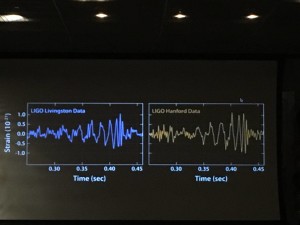
ligo detects gravitational waves, chirp, ringdown
The LIGO collaboration has just announced that it has directly detected the gravitational wave signal from a pair of colliding black holes.
We have already done a ton of shows on the topic (here is a list), so i’m going to leave the technical explanations of black holes to past and future shows.
this episode is just me, reflecting on the announcement. it was a heroic effort, and a massive accomplishment. The names of the physicists involved surely will live forever.
congratulations, everyone!
*ADDENDUM*
i just read the paper. so many many people worked so hard on it. and the paper is so well written.
it is indeed a 36 (ish) solar mass black hole colliding with a 29 (ish) solar mass black hole to make a 64 (ish) solar mass black hole. The event is being called “GW150914”. In the end, they were going too fast, and were too close together to be neutron stars.
i want to take a moment and talk about the process, because careful scientists will want to know the probability that this is a false detection.
- There are (were) 2 detectors online (at the time), and they both have to detect the same type of signal at about the same time to be taken seriously.
- They have TWO independent ways of analyzing the data, to make sure that it’s good. Their data is potentially contaminated with sound waves and vibrations from earth, so a lot of work goes into isolating the system, listening for the earth-based sound waves, and using it to eliminate potential events.
- One of the methods listens for things that are weird (both detected it) and loud and definitely aren’t sound waves (based on their other instruments). GW150914 was All of these.
- The other method analyzes the data as it comes out of the detector, “listening” for certain signals, as described by a catalogue of 250,000 different templates (theoretical waveforms generated using numerical simulations of different possible mergers). signals aren’t taken seriously unless both LIGO sites heard the same “type” of signal. GW150914 also passed this test.
So yeah. Both tests detected the same thing, and they are very very very very confident that what they heard was black holes merging.
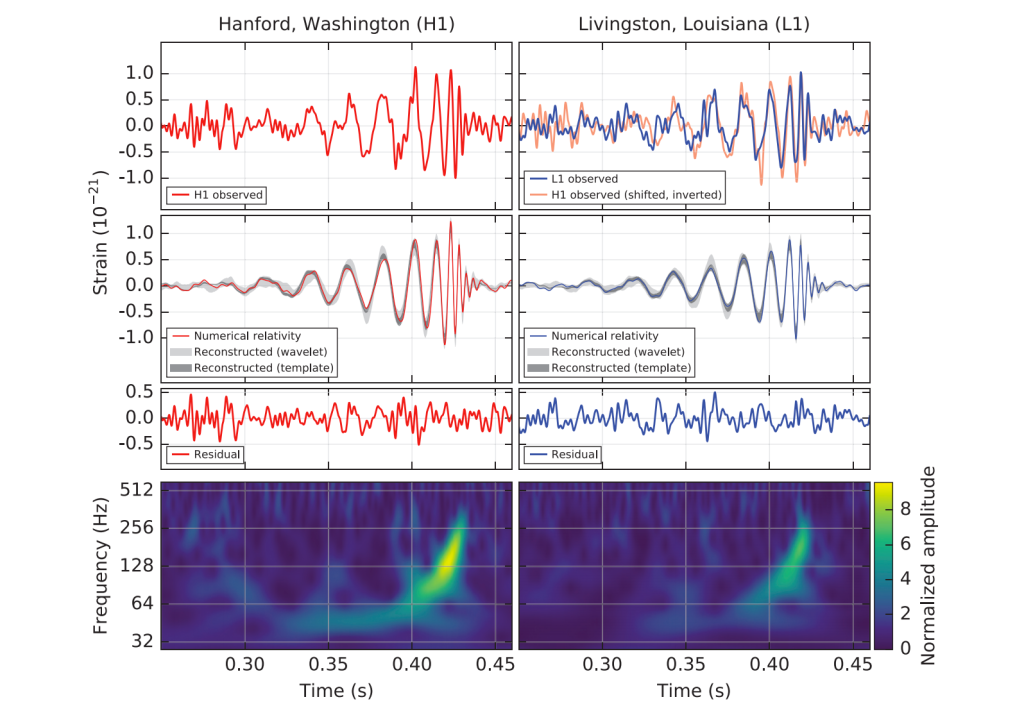
The data from the LIGO paper in phys. rev. lett.
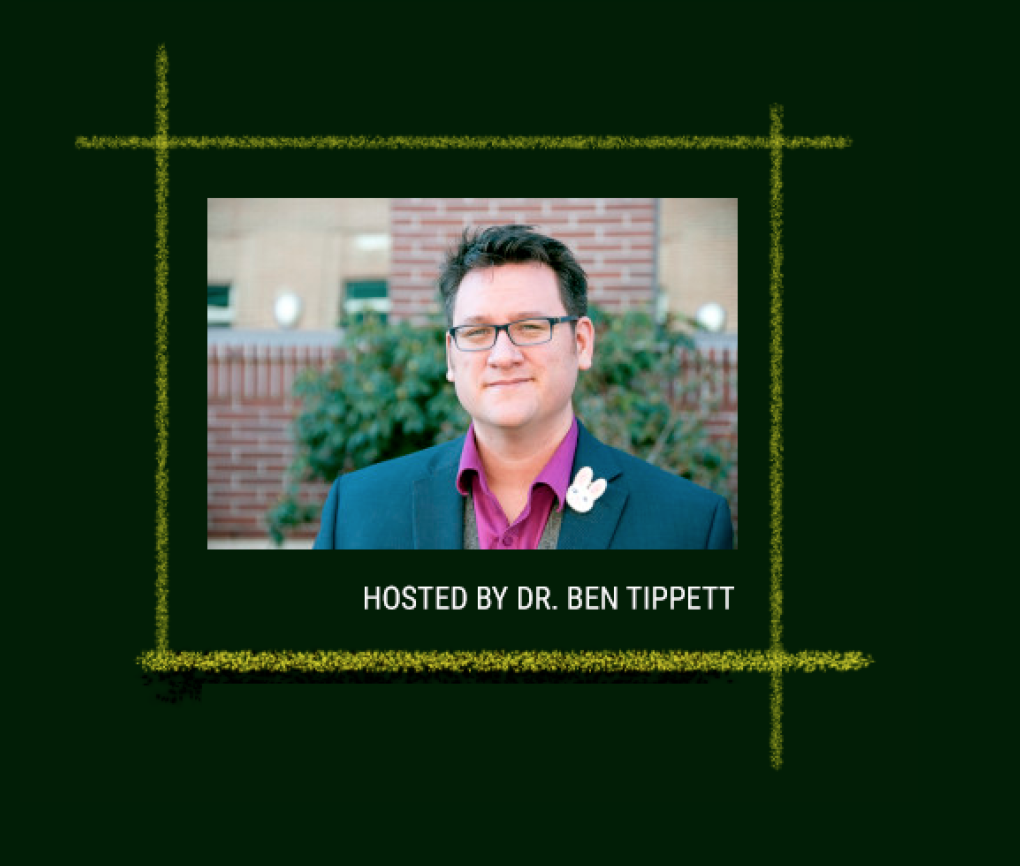
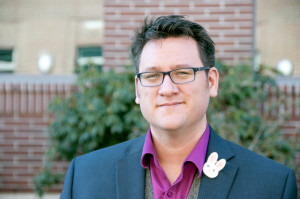 My name is Dr. Ben Tippett, and I have some people I would like you to meet. Over the course of my travels, I have collected a team of the world’s smartest, most clear thinking, and well spoken physicists and astronomers.
My name is Dr. Ben Tippett, and I have some people I would like you to meet. Over the course of my travels, I have collected a team of the world’s smartest, most clear thinking, and well spoken physicists and astronomers.